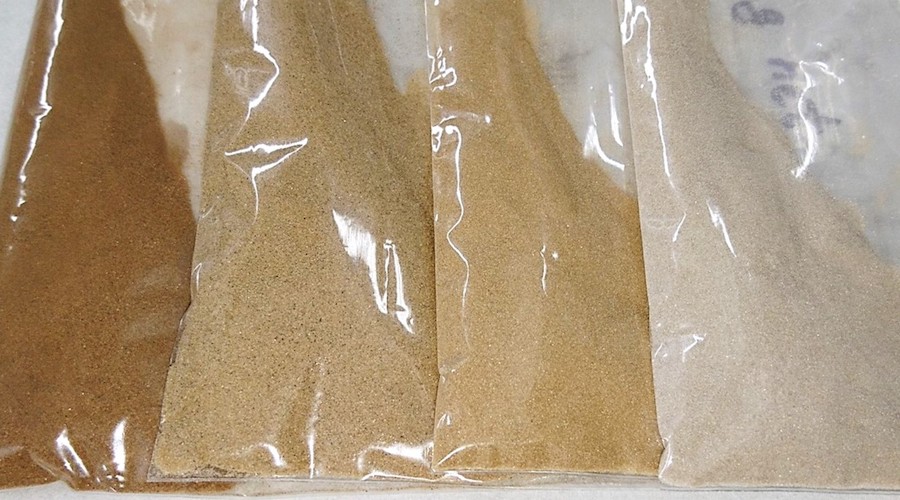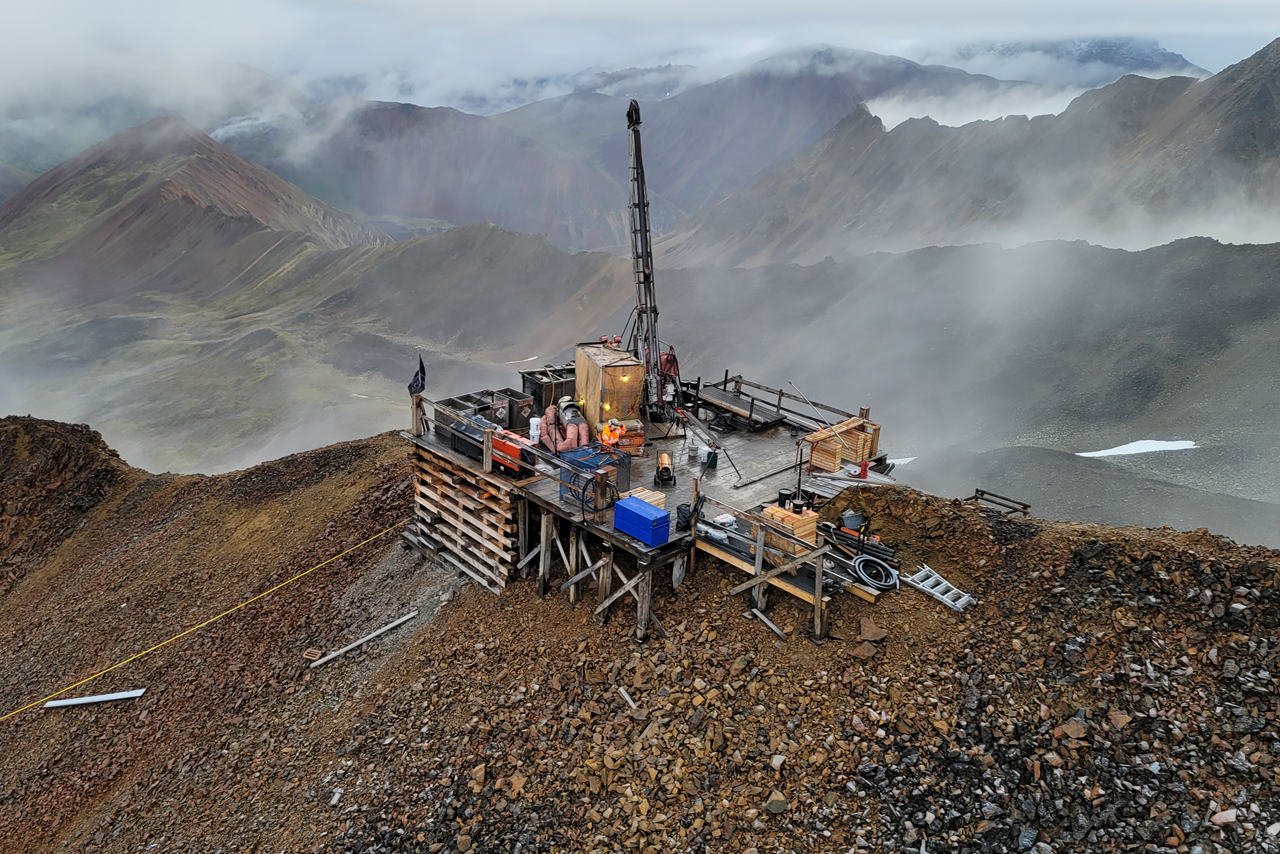But according to the scientific team looking into this issue, a solution to both the sustainability and the supply challenge may lay on the world’s largest stream of waste – mineral waste from the mining of metal ores – as the majority are often comprised of sand-like materials.
“Separating and repurposing these sand-like materials before they are added to the waste stream would not only significantly reduce the volume of waste being generated but could also create a responsible source of sand,” Daniel Franks, from UQ, said in a media statement. “There are known options for adjusting mining and processing operations to recover o-sand, and new innovations, such as coarse particle flotation, may widen the possibilities supported by incentives for uptake.”
Franks and his colleagues are working on a 12-month project specifically investigating sand produced from iron ore mining, pioneered by Vale in Brazil and independently sampled by the research team.
“Developing countries have fewer options for using recycled aggregate materials, given their more recent infrastructure. However, many of these countries have mining operations which can generate o-sand as a by-product,” Pascal Peduzzi, from UNIGE, said.
Findings from this research are expected early next year and will be presented at the 5th United Nations Environment Assembly.




